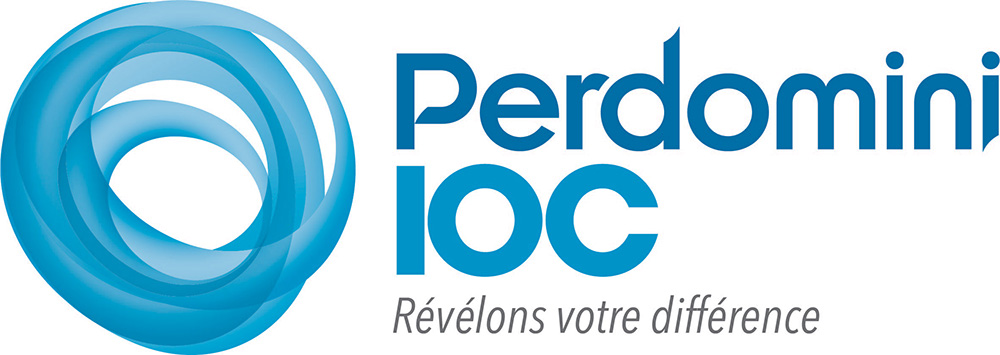When considering which winemaking additives and adjuvants to use, we should always spare a thought for yeast derivatives obtained through autolysis. These “inactivated yeasts” have been carefully selected and extracted in order to facilitate the release of useful compounds into the wine and the removal of unwanted ones.
Depending on how the yeast autolysis process has been conducted, inactivated derivatives can be obtained for various different winemaking goals: preventing oxidation, reducing the use of sulphites, enhancing sensory properties, stabilizing colour and improving the balance, softness and freshness of the wine.
To complete the range of specially selected winemaking yeasts and nutrients used as alcoholic-fermentation starters, Perdomini-IOC also offers a broad range of products derived from inactivated yeasts for all stages of the winemaking process – fermentation, aging and bottling.
The Perdomini-IOC solutions based on yeast derivatives contain carefully calculated quantities of glutathione, polysaccharides or tannin components, depending on the treatment required or the stage of the vinification process. Our Glutarom range comprises inactivated yeasts with a high glutathione content to protect the wine, while our UltiMA range is based on mannoproteins which enhance sensory profiles.
Find out how Perdomini-IOC inactivated yeasts and derivative products can enhance your winemaking process.
BEFORE AND DURING FERMENTATION
Inactivated yeasts with a high glutathione, polysaccharide or tannin content
AGING
Aging adjuvants and inactivated yeasts for aging white and red wines
PRE-BOTTLING TREATMENTS
Mannoproteins for improving the sensory profile and bouquet of the wine
Yeast derivatives: inactivated yeasts and mannoproteins for specific treatments
Yeast derivatives for winemaking are obtained by extracting and inactivating yeasts. The result obtained depends on several parameters, including the strain the yeast belongs to, the production process adopted and the final degree of purity.
Another difference lies in the qualitative and quantitative composition of the inactivated yeasts, which is revealed by the presence of compounds such as amino acids, peptides, polysaccharides and glutathione. Each of these affects the wine in a different way and they often work in synergy to produce the desired outcome.
The last crucial difference comes from the part of the yeast extracted – when the cell wall is extracted, we get yeast hulls, mannoproteins and polysaccharides, whereas yeast nutrients and glutathione-rich inactivated yeast derivatives can be obtained from other parts.
To summarise, we can identify three types of inactivated yeast derivatives:
- Inactivated yeasts with a high glutathione content to limit oxidation and sulphurous compounds, to preserve the aromatic profile, and to improve the quality and organoleptic properties of the wine;
- Inactivated yeasts with a high polysaccharide contentto preserve colour, to give greater roundness and softness, to enhance sugar levels and preserve the sensory stability of the wine;
- Mannoproteins with a powerful ability to protect protein components, colour-producing substances and unstable colloids, and to draw out the freshness, aromas and balance of flavours in the wine.
It’s clear that there’s a great variety of objectives that can be attained using yeast-derived preparations: preserving the freshness of wines; stabilising colour, aromas and flavours; reducing oxidation and the use of sulphites in wines; improving the maturing and aging process.
To pinpoint the optimal inactivated-yeast-derived preparation for the specific needs of your winery, contact our Perdomini-IOC technical staff to request our tailor-made advisory service. Let us help you achieve your winemaking goals!




